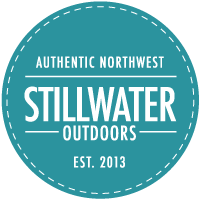With summer just around the corner, we wanted to revisit a favorite subject of ours: camping. Although we have a beginner's guide on the most basic camping processes, we wanted to take a closer look at the ins and outs of camping. That's why we're going to have a "Camping Class" - a series of articles about all things camping.
While it may not be for the advanced camper, this guide will hopefully take some of the stress and worry out of the process for those who are just beginning or thinking of beginning a lifetime of camping adventures. We will discuss shelters, bedding, cooking, tools and safety, and more.
For those of you experienced campers out there, we'd love to hear your tips, tricks, and go-to camping gear so be sure to comment below.

Today's Topic:
Shelter
One of the most important aspects of camping to consider is shelter. Choosing the perfect type of shelter, however, can be a daunting task. There are thousands of options to choose from - dome tents, RVs, sheltered hammocks, and many more - that range in price and weight.
So how do you choose?
First, you must consider the type of camping you'll be doing. A ten mile hike before setting up camp will require very different gear than driving to the campsite directly. If you're going to be carrying your tent with you, weight will be a priority. If you plan to do winter camping, having a thicker tent may be vital. Or if you spend most of your time camping in a rainy area (I'm thinking of you Seattle), finding a tent with proper waterproofing is a must. Using an RV may restrict where you camp as well.
Second, consider how many people will be with you. A single person or couple can get away with a much smaller tent whereas a family will obviously need adequate space for a large tent. And be aware, some campgrounds have restrictions on how many tents can be placed at a site, so splitting the group of people among multiple tents may not work without reserving multiple campsites. As a general rule of thumb for those looking for the casual camping experience, purchase a tent that sleeps at least one person more than will be using it. This added space allows room for gear and gives adequate space for sleeping.
Third, consider the terrain. If the ground is extremely rocky or hard, a tent that requires stakes for tension to remain upright may not be the right choice. If you're out in the woods, hiking and camping as you go, finding a large flat spot to set up the tent may be next to impossible.
Fourth, consider how much you want to spend. Camping gear is an investment, so it makes sense to do your research before you buy. Some businesses allow you to rent tents giving you the chance to try them out before you buy. If you can't find a place to rent, consider asking friends and family to borrow theirs. This may give you a better idea of what type of tent will or won't work for your needs. While going with the most expensive tent isn't necessary, it may be worth it to invest a little extra if you plan to use it a lot or have special needs/requirements (like camping in cold or wet weather).
Now that you have an idea of how you will be using your tent, it's time to dive into the types of tents available. Although this isn't an exhaustive list, hopefully it will give you an idea of where to start in the search for your perfect camping shelter.
Types of Tents
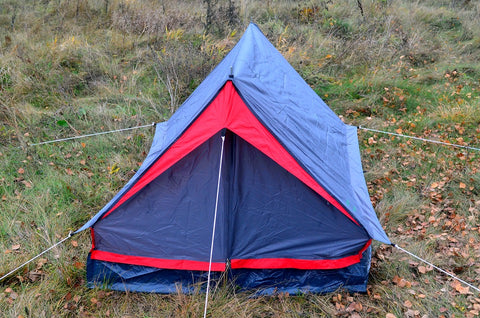
Ridgeline Tents
This is a rather retro style of tent that isn't often seen nowadays. Even so, this style of tent can be useful, especially when dealing with weather issues. The high pitch doesn't allow for much headroom, but will be sure to shed both snow and water if the weather goes bad. Ridgeline tents can be difficult to set up well, but when done correctly they are very sturdy. They typically aren't the greatest for backpacking, however, as they can weigh a lot.

Dome Tents
These are probably the most common type of tent in use today. They are relatively easy to put up (even by yourself), don't cost much, don't weigh much, and often pack down to a small size making them a great first tent or a tent to use while hiking. The larger they are, the less stable they become in high winds and bad weather, so they aren't ideal for large families/groups.
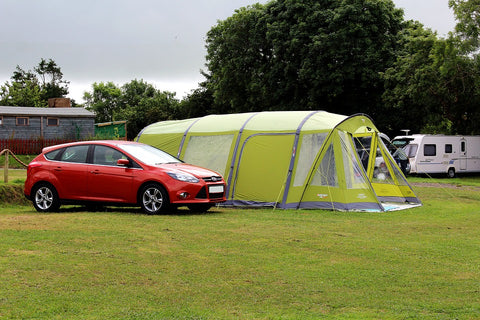
Tunnel Tents
A relative of the dome tents, these tents are made in the same way, with flexible poles that are anchored along the bottom edges and hold the tent up. This style of tent is great for larger groups, offers decent head room, and is easy to put up. It is heavy, however, and is best suited for car camping and may have issues with water pooling on top when it rains.
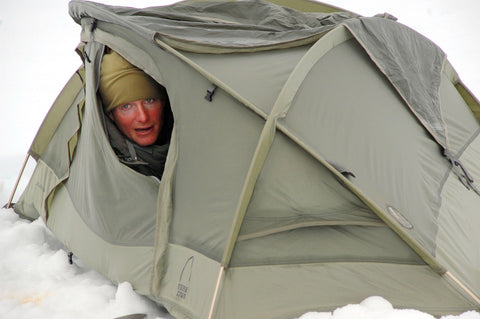
Geodesic Tents
These are like a Dome Tent 2.0. They use more poles to increase stability and offer better use in winter or bad weather. They are great for backpacking as they are usually lightweight and durable. Unfortunately, their advanced design usually means they are more expensive than their dome counterparts and with the added poles, they can be trickier to put up. Geodesic tents usually only come in smaller sizes, so they may not be suited for family camping.

Cabin Tents
These tents usually use an aluminum framework rather than flexible poles. They are inexpensive and usually made of cheap materials, so these tents are definitely fair-weather camping only. That said, they are large and can have multiple "rooms" making them great options for larger families and groups.

Hammock Tents
These tents are idea for backpacking or off-grid camping where flat, soft, dry ground may not be easy to find. They are very lightweight, easy to install, pack down well, and offer a comfortable sleep without an added mattress/sleeping pad. They are for one person per tent, which means that a large group may have difficulty finding enough trees for multiple tents.
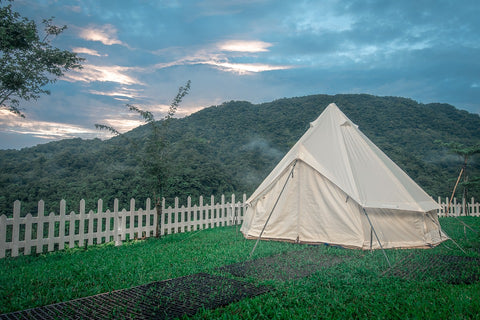
Bell and/or Tipi Tents
These tents come in a range of sizes from 2 to 10 person, making them a suitable option for families. They can be heavy, require lots of space, and may not be easiest to put up, but in the right conditions, these may be ideal. They are generally made of canvas, can have a port for a wood stove flue, and are extremely durable. If you're going to be in one place for a length of time or will be dealing with cold weather extremes, or want the extra room, these may be the tents for you.
This is by no means an exhaustive list of tent types, but hopefully it will give you an idea of where to start in your search for the ideal tent. The point here is not to buy the trendiest, the flashiest, or the most technical shelter, but to find the one that will work best for you.
Come back soon to find out more about sleeping during your camping adventure!
